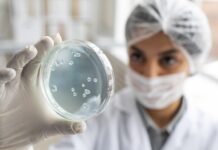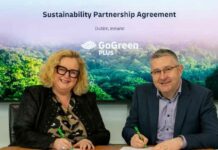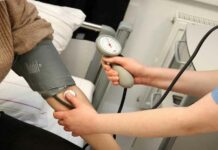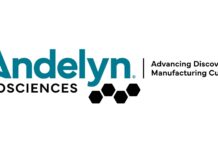Gene therapies delivered using viral vectors offer exciting potential to welcome a new type of treatment for various disease indications. However, one of the most complex steps to develop and scale for viral vector transient production based on adenovirus (AV), adeno-associated virus (AAV) and lentivirus (LV) is transfection.
Scalability Matters
Drug developers, process equipment vendors and raw material suppliers have been collaborating across the industry to develop practical, cost-effective, platformizable solutions for the rapid development and scale-up of viral vector manufacturing processes. This includes the need for expertise with industrializing the transfection step because most companies will only have transfection experience at the lab scale.
At small (lab) scale, transfecting cells with multiple plasmids, while complex, is still manageable with respect to material volumes and transfer and mixing times. At large scale, however, the volumes of cell-culture media and transfection reagents, if not optimized, can be impractical.
A process development approach for transfection is key. With the numerous challenges associated with large-scale transfection processes, it can often make more sense to start by scaling down the process rather than directly scaling up. This ‘top-down’ strategy allows clear identification of the conditions that will impact the process at industrial scale – such as the volume of transfection complex solution – and facilitates process optimization and decision making.
Plasmid-to-transfection agent ratio, time for complexation, complex size, and the effect of the pump on complex sizing are all important issues to consider. The formation of transfection complexes, and their transfer and mixing into the bioreactor can take long periods of time during which mechanical and physical disturbances can change their properties and impact on transfection efficiency.
Choosing a good manufacturing practices (GMP)-grade transfection reagent that is easy to transport and use, can support efficient, robust and reproducible large-scale transfection, and provides high viral vector yields, is crucial. Mixing conditions during complexation of the plasmid DNA and transfection reagent, and the method of transfer of the formed complexes to a large-scale bioreactor are also important for maintaining the optimized complex size for efficient transfection and consistent batch-to-batch performance.
Selecting the Best Technology for Your Transfection Process.
The selection of the bioreactor technology is often driven by the selected cell line, although there are exceptions to this rule. For instance suspension cells have been successfully grown in fixed bed bioreactors, and adherent cells can be grown in stirred tank bioreactors with the use of microcarriers.
Bioreactors can share critical operating parameters at small-scale and large-scale. This enables the design process to plan for the use of large-scale bioreactors while further development and optimization is performed using the small-scale system with a high degree of confidence that same performance with be achieved at the larger scale. For example, this strategy can be applied in a fixed bed bioreactor where the media velocity throughout the fixed-bed, media recirculation or perfusion rate, pH, dissolved oxygen, and other specific process parameters can be optimized at small scale and directly replicated at larger scales.
The selection of the transfection reagent is also key, polyethyleneimine (PEI) is currently the most used transfection reagent to produce AAV and LV vectors on the market and in clinical trials. A number of companies offer PEI-based transfection agents, including PEIpro*. This PEI-based transfection reagent features an optimized size and a low polydispersity index that increases complexation potential and reproducibility in transfection with minimal toxicity.
Once the media selection, DNA/PEI ratio, DNA quantity optimization, and other basic process characteristics have been established using flatware (easy setup, speed, and low costs), envisioning the process at large-scale first can be beneficial in order to really predict the challenges that will be faced.
Capitalizing on Knowledge and Expertise
As the viral vector market continues to evolve rapidly, anticipation and resolution of challenges can make the difference between success and failure.
*PEIpro is a trademark of Polyplus
Author Details: –
Name: Francois Collard
Details: François Collard, PhD, is supporting the Accelerator process development service, and R&D, as a bio-process knowledge manager. He holds a PhD in bio-chemistry from the de Duve Institute & University of Louvain (Belgium) and performed a post-doc at the Case Western Reserve University.
Department: Pall Biotech
Website: https://www.pall.com/en/biotech.html
About Pall Corporation:
Pall Corporation is a filtration, separation and purification leader providing solutions to meet the critical fluid management needs of customers across the broad spectrum of life sciences and industry. Pall works with customers to advance health, safety and environmentally responsible technologies. The Company’s engineered products enable process and product innovation and minimize emissions and waste.


















